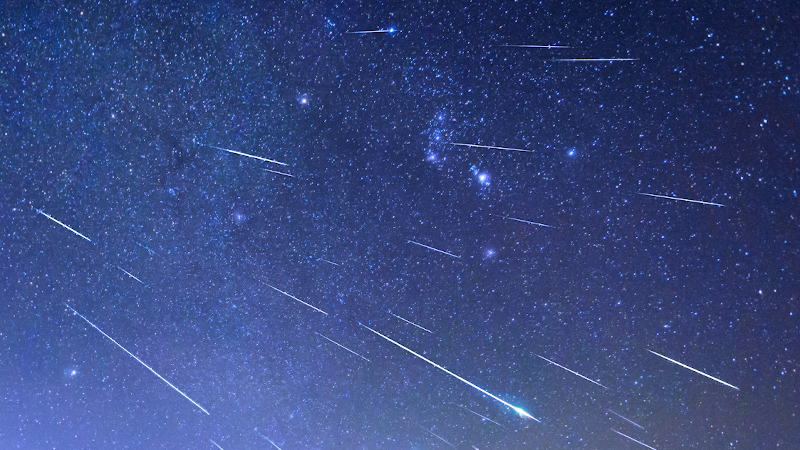
Perseid meteor shower and Blue Moon are among the astronomical events in August 2024
From a popular summer meteor shower to the seasonal blue moonrise, here are the top astronomy events for August 2024.
Did you miss the Perseid meteor shower this weekend?
The Perseids may be at their peak, but there’s still time to see them. Here’s how.
What time is the meteor shower tonight?
There is no set time for the meteor shower.
According to NASA, the best time to view the Perseids from the Northern Hemisphere is between midnight and dawn, or after moonset. Find a dark sky, away from city lights or other sources of light pollution, and give your eyes 45 minutes to adjust to the darkness.
To watch the show, lie on your back and look straight ahead into the sky. Do not look at your cell phone or other electronic devices. Their bright screens could affect your night vision.
According to NASA, the Perseids can produce between 50 and 100 meteors per hour. However, Dean Regas, an astronomer at Astrodean.com, says you’ll most likely see 10 to 20 per hour.
In a press release, Regas suggests:
- Look south between 2 and 5 a.m. for the best views
- Facing east from sunset to midnight
- Search the sky as meteors can come from many directions
Was there a meteor shower last night?
Yes. Last night was the peak of the Perseid meteor shower, according to NASA.
When does the Perseid meteor shower reach its peak?
While the Perseids are active from July 14 to September 1, they reach a “strong maximum” on August 12 or 13, depending on the year, according to the American Meteor Society. In 2024, the meteor shower will reach its peak on the night of August 11-12.
What causes the Perseid meteors?
The Perseids come from the comet 109P/Swift-Tuttle, which takes 133 years to orbit the Sun. Each year, the Earth passes through debris left behind by the comet, creating the meteor shower.
Discovered in 1862 by Lewis Swift and Horace Tuttle, Swift-Tuttle is a large comet, according to NASA. Its nucleus is 25 kilometers in diameter, almost twice the size of the object that is believed to have caused the extinction of the dinosaurs.
The comet last visited the inner solar system in 1992.
How did the Perseid meteor shower get its name?
The Perseids were named after the constellation Perseus, in whose sky the meteor shower appears to have its origin.
However, NASA says the constellation simply helps observers determine which meteor shower they are seeing on a given night. It is not the source of the meteors.
Pronunciation of Perseids, how to pronounce them in English
So how do you say “Perseid”? According to Dictionary.com, the word is pronounced “pur-see-id.” However, Forbes says “per-SAY-ids” is also common.

